Is Gamification for Real? An interview with Gabe Zichermann - Levi Shapiro

Three years ago, the word "gamification" would have turned up zero Google results. Today, that same search yields 13 million entries. Clearly, the idea of using game thinking and mechanics to engage audiences and solve problems is gaining appeal. Tech companies like Oracle and Salesforce have made sizablegamification acquisitions while social infrastructure start-ups like Gigya ($15.3 million round in June, $44 million total) and Badgeville ($25 million in May, $40 million total) attract venture investment. The unofficial spokesperson for the Gamification movement has been Gabe Zichermann, founder of the popular gamification.co blog, Chair of the Gamification Summit and author of "Gamification by Design"(O'reilly Press, 2011) and "Game-Based Marketing" (Wiley, 2010).
The market is expanding. By 2015, in the world's largest companies, Gartner believes HALF of all corporate innovation will derive from gamification. In the same year, M2 Research predicts more than $2.5 billion dollars of direct spend in the US for gamification, including software and technology.
Gabe views the appeal of gamification as chemical: "It's the challenge, achievement loop. Any time you challenge yourself and achieve, your brain releases dopamine: the wonder drug". Click here to view Gabe's presentation "Fun is the Future":
Among those embracing gamification are marketers, educators and governments seeking to reach Millenials. An education example is the "World Peace Game", played by 4th grade Middle School students in Virginia. You can see a description by John Hunter, the game developer, beginning at 8:00 into this TED talk
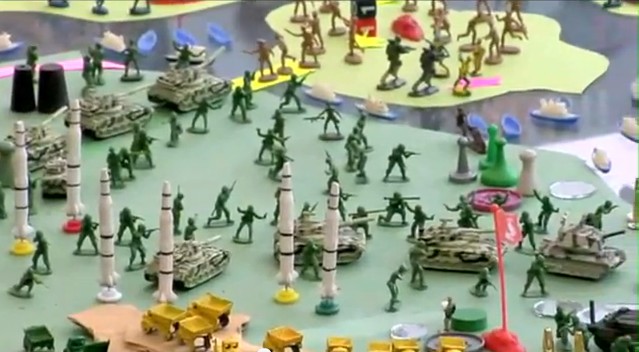
http://www.youtube.com/watch?v=0_UTgoPUTLQ&feature=player_embedded#!
Another success story is Foldit, a crowd-sourced game developed by the University of Washington to solve a key protein related to HIV. After 15 years without a solution, the game-like environment in FoldIt was played by 46,000 people, who needed only 10 days to solve the problem.
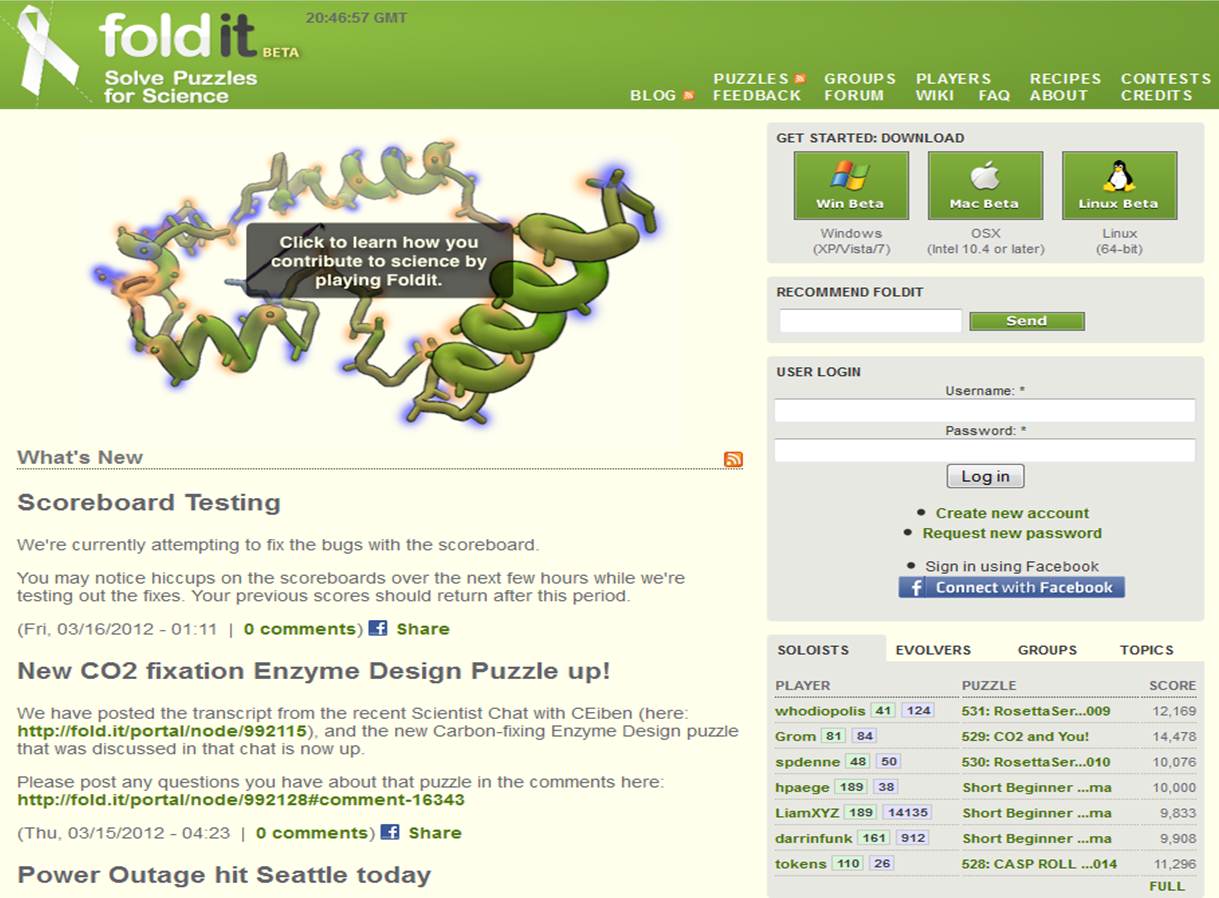
http://www.youtube.com/watch?v=iYMU5cMTdeY
One of the best marketing executions, which earned aCannes Lions award for the agency Droga5, was the launch of Jay-Z's memoir, "Decoded". In partnership with Bing, pages of the memoir were printed on various surfaces-- from food wrappers to the silk lining of a Gucci jacket-- and hidden around the world. Each clue correlated with a specific detail from the memoir. In total, over 300 pages in 600 placements in 15 locations worldwide were hidden, for players to find, assemble and decode together online, before the book's release. The result was a groundswell of activity and buzz landing Decoded on the Best Sellers List for 19 weeks.
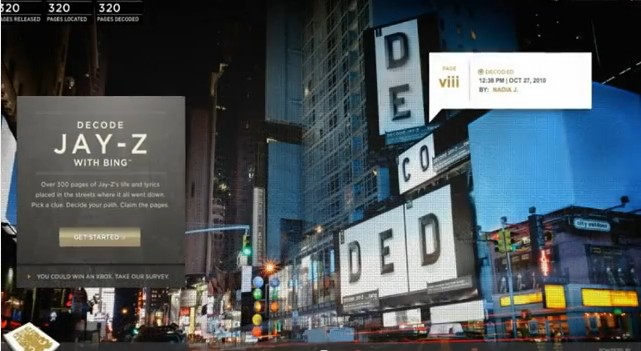
http://www.youtube.com/watch?feature=player_embedded&v=xx-Qr8SfU_E
A government case study is the Speed Camera Lottery in Sweden to reduce speeding among younger motorists. In egalitarian Sweden, speeding ticket penalties are directly correlated to income. For example, one unlucky (but wealthy) speeder was actually fined $250,000 in 2010 for speeding. Speed Camera Lottery showed each driver their speed in real-time and allowed those driving at or below the speed limit to share the proceeds from anyone caught speeding. With no marketing support, the campaign resulted in 20% less speeding. Sweden is now rolling the program out across the country.
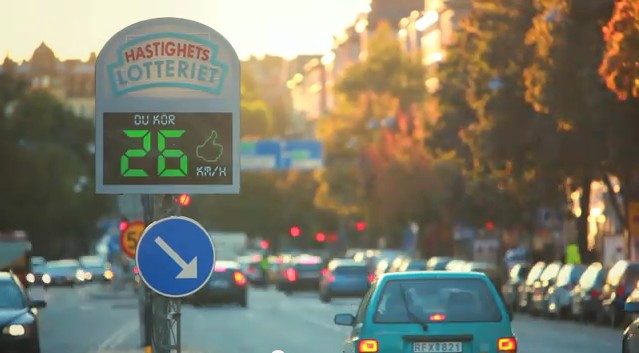
http://www.youtube.com/watch?v=iynzHWwJXaA
Gabe advocates the SAPS framework for rewards, ranked from most to least important:
- Status: Most sticky and least expensive. Includes recognition. Status can be things like a badge, frequent flyer status, Title at a company, better parking space
- Access: Access to things you wouldn't otherwise get
– example: Gilt Noir is for the top .1% of Gilt Groupe members; able to preview flash sales 15 minutes before the sale is shown to others
- Power: Give people control over other people in the world in which they engage
– example: Editor on Wikipedia
- Stuff: People care about free things but less important, over the long term, than Status, Access and Power. Engagement also tied directly to the reward
Insert Visual Here: VennDiagram
Before embarking on your own gamification program, begin with these five steps:
1) Make a list of the top 5 social actions you want your customer to take.
2) Assume a point system where the baseline is 100 points per action. Now assign a value to each of those 5 actions but consider their relative value
3) Impose limits, such as number of times someone is rewarded for a "Like". Model user scenarios over the course of a week and tally the point score. Based on these results, refine the value of the 5 actions
4) Expand that list from 5 actions to 20 actions and again model user scenarios
5) Deploy this model with actual test players and measure performance
Finally, for practical details about implementing a gamification program, check out this video from Gabe Zichermann:
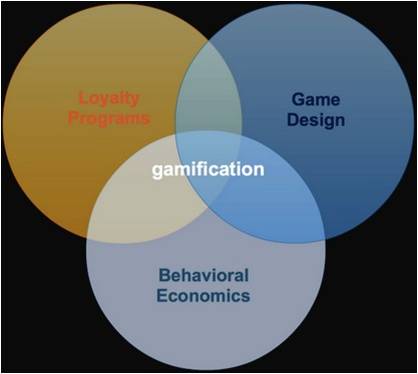
Levi Shapiro is a Partner at TMT Strategic Advisors, a research and strategy firm focusing on the technology, media and telecom sectors. He can be reached at levi@tmtstrat.com or via twitter: @levshapiro
Read all Levi's MediaBizBloggers commentaries at Unleavened Media.
Check us out on Facebook at MediaBizBloggers.com
Follow our Twitter updates @MediaBizBlogger
The opinions and points of view expressed in this commentary are exclusively the views of the author and do not necessarily represent the views of MediaBizBloggers.com management or associated bloggers. MediaBizBloggers is an open thought leadership platform and readers may share their comments and opinions in response to all commentaries.


